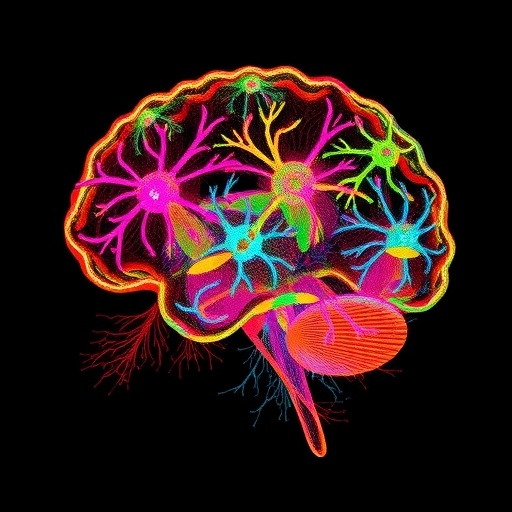People taking leisurely strolls tend to choose safer walking routes than those heading to work or on an errand, a new study found.
Led by D. Alex Quistberg, Ph.D., an assistant research professor in the Dornsife School of Public Health at Drexel University, the study used GPS, accelerometers and travel logs from a 2008-2009 survey in King County, Washington — which includes Seattle — to measure the path and purpose of 537 pedestrians. That data was then compared to maps on the probability of pedestrian collision risk, and the study was published in the American Journal of Epidemiology.
Quistberg and his team found that pedestrians on recreational walks were 8 percent less likely to be in areas where car collision risks were higher than those on utilitarian walks (walking somewhere with a purpose).
"There's likely a mix of things happening here," Quistberg said. "On recreational walks, people likely want a more relaxing path than someone on a utilitarian walk."
The study also found that people who took longer walks, both in distance and time, were less likely to stray into dangerous areas (where car-collision risk is high). That, too, was likely tied to recreational walks vs. walks with a purpose. The study also took demographic data into account. This yielded the finding that people who lived in single-family homes, owned homes and/or owned a car all were less likely to walk in more dangerous areas.
People who participated in the survey who had children were slightly less likely — around 2 percent — to walk in areas with high collision risk.
"This could be due to people with children living in single-family homes, which are usually in neighborhoods that have a low risk of pedestrians collisions because of low traffic and slow speeds," Quistberg explained. "It is also possible that people with children at home are walking more cautiously, perhaps with their children."
Recently, Dornsife School of Public Health Dean Ana Diez Roux, M.D., Ph.D., signed on to a letter supported by former president Jimmy Carter that appealed for protection of the walking paths of children, especially those headed to school. And although results from Quistberg's study analyze adult pedestrians in Washington state, he believes they reveal information that could serve to improve walkability universally.
"Improving road safety for pedestrians will support interest in walking for recreation as well as those who integrate a healthy walk into their commute," Quistberg said.
###
The study, "The Relationship Between Objectively Measured Walking and Risk of Pedestrian-Motor Vehicle Collision," was co-authored by Eric Howard, Philip Hurvitz, Anne Moudon, Dr. Beth Ebel and Dr. Fred Rivara at the University of Washington and Dr. Brian Saelens at the Seattle Children's Hospital Research Institute. Research was conducted with support of the UW's Harborview Injury Prevention and Research Center.
Media Contact
Frank Otto
[email protected]
215-571-4244
@DrexelNews
http://www.Drexel.edu/
############
Story Source: Materials provided by Scienmag




